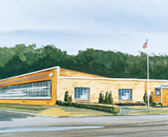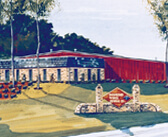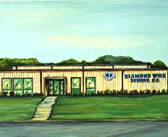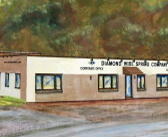
Types of Springs & Best Spring Material
Q: What type of springs do you manufacture?
A: Compression, extension, torsion, double torsion, die (rectangular wire) and wire forms.
Q: How do I choose the most appropriate spring material for my spring design?
A: A variety of questions must be asked and answered to arrive at the best spring material including:
- The environment in which the product operates
- The frequency of cycles and the amount of deflection
- The ratio of spring or wire form cost in relation to the overall project
- The expected life of the product
Some springs are used in products that are discarded in a relatively short time frame and have a low cycle frequency during that time. In those cases, the design should specify a general-purpose spring wire, which can keep costs down while not affecting product performance.
Conversely, stainless steel is often specified in products frequently exposed to moisture. Other spring materials include Hastelloy C-276 alloy (for use in highly corrosive atmospheres), music wire (which is carbon steel and has the best resilience to being deflected and distorted), chrome silicon, copper, aluminum, phosphorous bronze and so on.
Q: What is the range in wire diameter that your equipment can handle?
A: Diamond Wire Spring has the capacity to manufacture springs from .008 inches to .750 inches in wire diameter.
Q: What markets do you supply primarily?
A: We manufacture springs for a variety of industries worldwide, including:
| Energy and Power Generation | Railroad |
| Valve and Regulator | Oilfield Drilling and Mining |
| Shock and Vibration | Medical equipment |
| Agricultural | ...and many others! |
Q: Can you help me with my spring design?
A: We work with customers all the time, often making suggestions in an effort to improve their design and the fit or function of the part. We may also suggest changing the design in order to facilitate assembly or reduce the cost of production.
Q: What is the difference between hot-wound and cold-wound springs?
A: Hot-wound springs are made from larger-diameter material. Due to the size of the wire, the spring must be heated up to a hot state, then formed using an annealed (soft) material, and heat-treated afterward. Cold-wound springs are smaller in size and are formed in a cold state using pre-tempered material.




